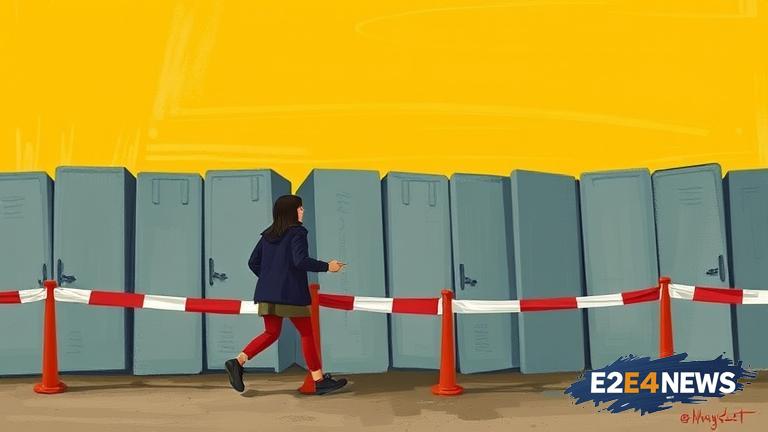Higher education is often touted as the key to unlocking a brighter future, but for many, the path to academic success is fraught with unseen barriers. One of the most significant hurdles is the financial burden of tuition fees, which can be crippling for students from low-income backgrounds. Furthermore, the rising cost of living, particularly in areas surrounding universities, can make it difficult for students to afford basic necessities, let alone textbooks and other educational materials. Additionally, the lack of diversity and representation in academic institutions can create a sense of isolation and disconnection for students from underrepresented groups. The pressure to conform to traditional academic norms can also stifle creativity and innovation, leading to a lack of diversity in thought and perspective. Moreover, the emphasis on standardized testing and grades can create undue stress and anxiety, leading to burnout and decreased motivation. The digital divide is another significant barrier, as not all students have access to the technology and resources needed to succeed in today’s digital age. Language barriers can also pose a significant challenge, particularly for international students or those who are non-native English speakers. The lack of support services, such as mental health resources and academic advising, can also hinder a student’s ability to succeed. Moreover, the stigma surrounding mental health issues can prevent students from seeking help, leading to a decline in overall well-being. The rigid structure of traditional academic programs can also limit flexibility and autonomy, making it difficult for students to pursue their passions and interests. The emphasis on rote memorization and regurgitation of information can also stifle critical thinking and problem-solving skills. Furthermore, the lack of emphasis on soft skills, such as communication and teamwork, can leave students unprepared for the workforce. The disconnect between academic institutions and the workforce can also lead to a lack of relevance and applicability, making it difficult for students to find employment after graduation. The pressure to specialize and declare a major can also limit exploration and discovery, leading to a lack of fulfillment and purpose. The lack of opportunities for experiential learning and hands-on experience can also hinder a student’s ability to apply theoretical concepts to real-world problems. The emphasis on individual achievement can also create a sense of competition and isolation, rather than fostering a sense of community and collaboration. The lack of recognition and validation for non-traditional forms of education, such as online courses and vocational training, can also limit access and opportunities. The stigma surrounding non-traditional students, such as those who are older or have non-traditional backgrounds, can also create a sense of exclusion and marginalization. The lack of support for students with disabilities can also create significant barriers, particularly in terms of accessibility and accommodations. The emphasis on academic prestige and reputation can also create a sense of elitism and exclusivity, rather than fostering a sense of inclusivity and diversity. Ultimately, breaking down these barriers will require a fundamental shift in the way we approach higher education, one that prioritizes accessibility, equity, and inclusivity. By recognizing and addressing these unseen hurdles, we can create a more just and equitable system that allows all students to succeed and reach their full potential.
